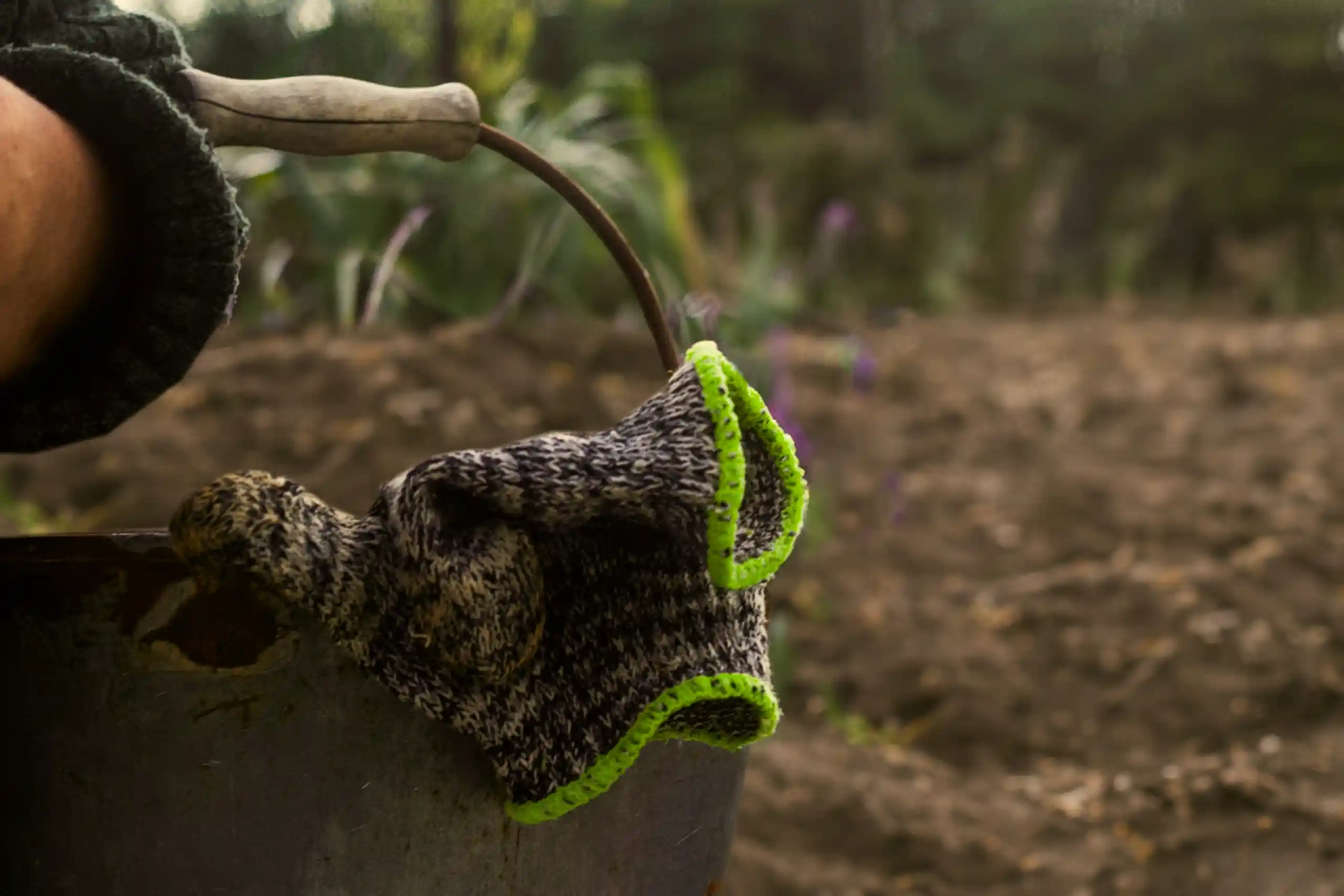Creating your dream lawn not only starts with choosing the right seed but also with properly preparing your soil.
Whether you are planting a new lawn or overseeding an existing one, soil preparation is key for providing the right conditions for growth.
In this guide, we will explore how you can effectively prepare your soil for lawn seeding to produce a healthy and long-lasting lawn.
Why preparing lawn soil matters
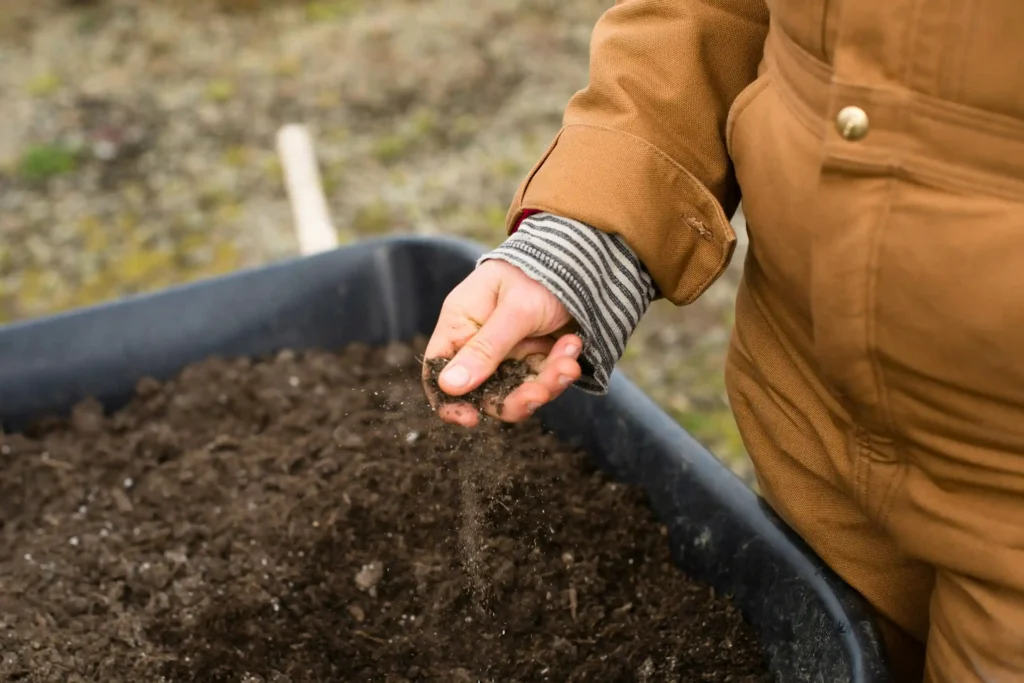
Think of soil as the foundation for your lawn’s growth and development.
Without proper preparation, even the best-quality seeds may struggle to thrive.
Improper soil conditions can lead to poor root development, increased vulnerability to pests and weeds, and thin and patchy grass.
However, by adequately preparing your lawn soil, you can expect the following benefits:
- Improved germination rates
- Stronger root establishment
- Better water retention and drainage
- Increased nutrient absorption
- Reduced competition from weeds
What is the best tool to prep ground for grass seed?
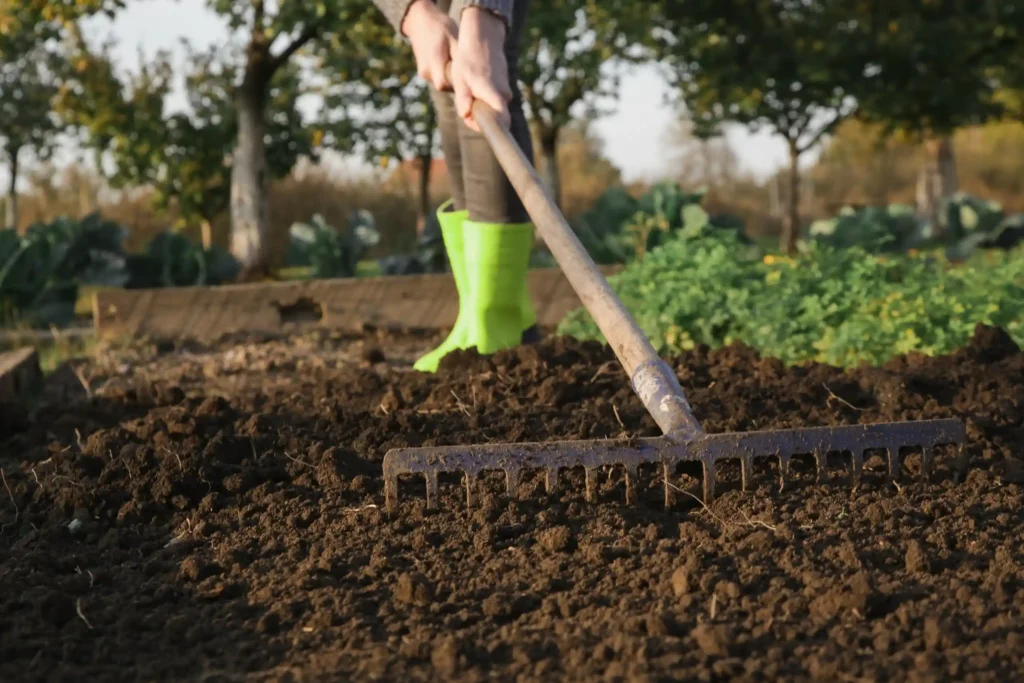
One of the best tools you can use when preparing soil for planting grass seed is a soil test kit.
These kits help you to understand your soil’s structure and determine its pH levels and any nutrient deficiencies.
In addition, you can easily identify any necessary amendments that need to be made before sowing your seeds.
For example, you may find that your soil is too acidic for your grass seed type, in which case you should add lime, which corrects the acidity.
On the other hand, you may find that your soil’s pH is too high, which can be rectified by adding sulphur.
Other tools you can use to help when preparing soil for grass seed are:
- Garden rake. Ideal for clearing debris and weeds and loosening the soil
- Lawn aerator. Useful for relieving soil compaction, allowing water, air, and nutrients to reach your seeds
- Dethatcher (if necessary). Suited to lawns that have thick layers of thatch that can block seed-to-soil contact
- Lawn roller. If you have a larger lawn, you may want to consider using a lawn roller to lightly press seeds into the soil for better germination. For smaller gardens, you can also do this with a rake
- Seed spreader. Using this tool ensures even distribution of seeds and helps prevent overcrowding or bare patches
- Shovel or spade. Handy for turning over the soil or adding organic matter to improve soil quality
- Wheelbarrow. Makes it easy to transport compost or topsoil across your garden with ease
- Watering can or hose. Allows you to keep the soil moist before and after seeding to promote successful germination
How do you prepare the ground for grass seed?
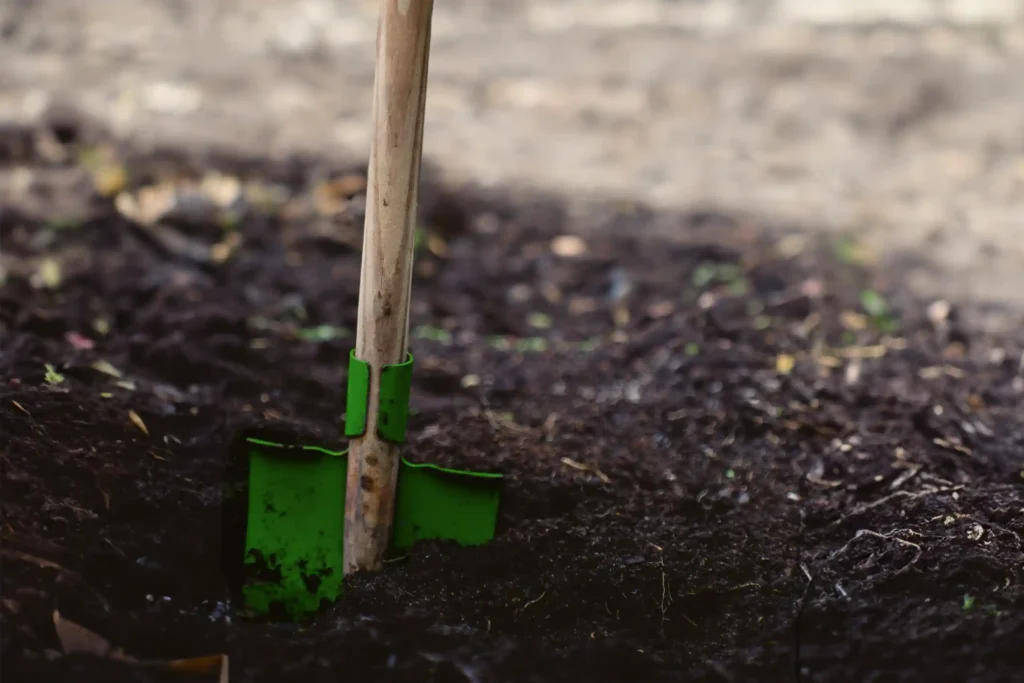
Preparing your soil is key to achieving a thick and resilient lawn that will thrive all year round.
Rushing preparations can put your lawn at risk, resulting in poor germination and weak roots.
Although preparing your lawn’s soil may seem like a daunting task, it does not have to be.
By breaking it down and following these seven steps, you can ensure that your seeds have the best possible environment to grow and flourish:
Preparing your soil is key to achieving a thick and resilient lawn that will thrive all year round.
Rushing preparations can put your lawn at risk, resulting in poor germination and weak roots.
Although preparing your lawn’s soil may seem like a daunting task, it does not have to be.
By breaking it down and following these seven steps, you can ensure that your seeds have the best possible environment to grow and flourish:
- Clear the area. Remove any debris, rocks, weeds, or light thatch that could interfere with germination
- Test your soil’s pH. To achieve successful growth, you need to understand your soil’s condition, which allows you to make any necessary adjustments before you start planting
- Choose the right grass seed. Select a grass seed that is best suited to your climate, soil type, and lawn use. Why not try our Thick & Thriving Grass Seed which promotes rapid germination and dense growth or our Lush & Luxe Grass Seed that creates a healthy and vibrant lawn?
- Loosen and aerate the soil. Aerate your lawn to break up the soil and relieve compaction. For smaller gardens, you can use a garden rake, but for larger gardens, an electric aerator can help speed the process up
- Dethatch if needed. If your lawn has a layer of thatch that is thicker than ½ inch, you should consider dethatching. A thick layer of thatch can prevent air, nutrients, and water from reaching your seeds, weakening their growth
- Level the soil. Use a rake or lawn roller to smooth out uneven areas of your lawn to promote even growth. Uneven soil can lead to issues like patchy grass growth and poor drainage
- Plant your grass seed. Now that the preparation is complete, it is time to sow your seeds! For even distribution, we recommend using a spreader, particularly for larger areas. Once you have sown your seeds, you should ensure that they have all the nutrients they need with our expertly blended fertilisers, Perfect Prep for new lawns, and Nourish & Nurture for existing lawns
What months are best to put grass seed down?

The best months to start preparing your soil and putting grass seed down depend on the type of seed you are planning to use and the climate.
These factors need to be considered as different grass types grow at various temperatures.
Cool-season grasses (Kentucky Bluegrass, Perennial Ryegrass, and Tall Fescue) thrive in cool temperatures and favour the conditions of autumn, ideally from September to October.
On the other hand, warm-season grasses (Bermuda Grass, Buffalo Grass, Zoysia Grass) should be sown in spring from March to May, as the soil temperatures will be more favourable.
Make sure you are planting your seeds at the best time by checking out our handy guide on sowing grass seed.
Should soil be wet when planting seeds?
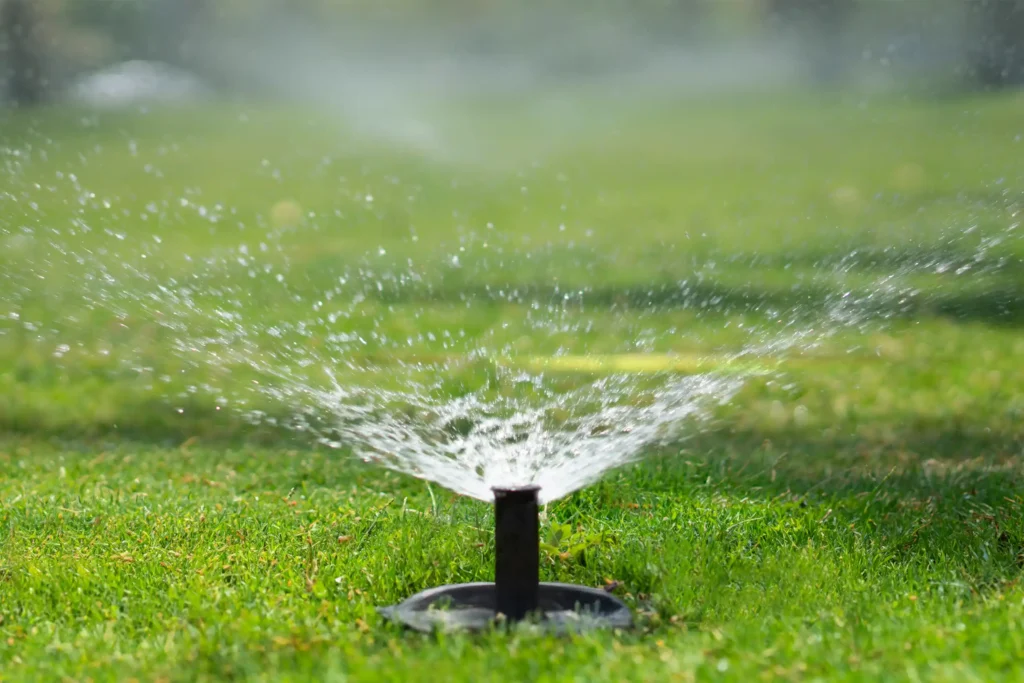
Yes, soil should be wet when planting seeds; however, it must be moist and not damp.
Moist soil can help seeds establish strong roots and prevent them from drying out, particularly during the warmer months.
Ideally, you should water the soil a few hours to a day before seeding, ensuring the top 1-2 inches are moist.
Be careful not to overwater, as this can cause seeds to wash away, fungal diseases, shallow root development, and poor germination.
What happens if seeds are sown too deep?
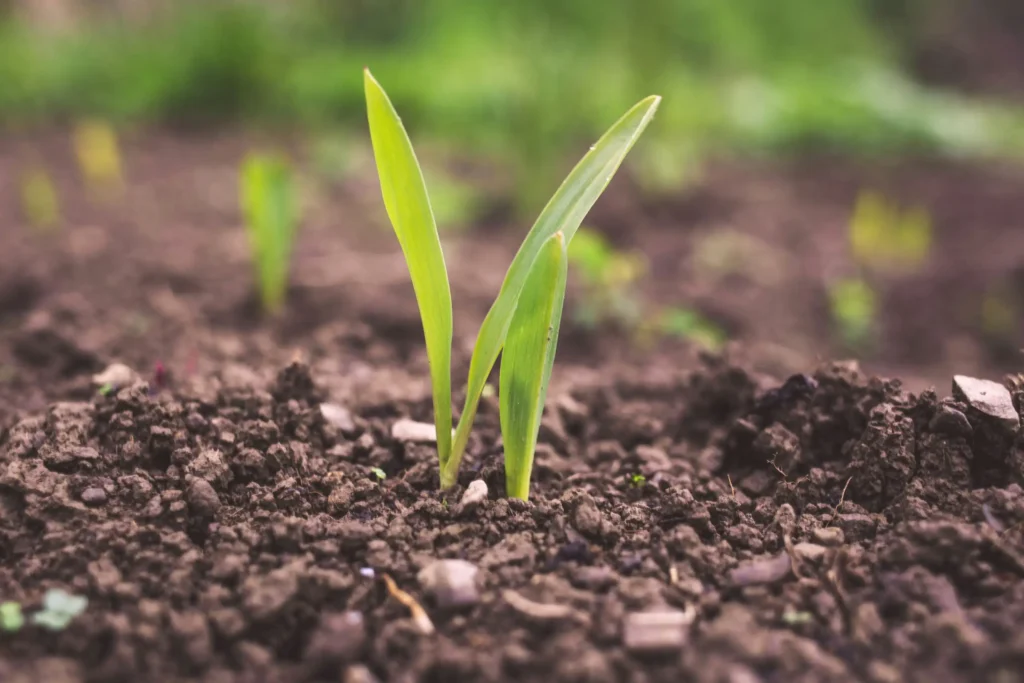
In addition to overwatering, sowing your seeds too deeply can cause significant issues for your grass’s growth.
After planting your seeds, you should lightly cover them with no more than ¼ of the soil to avoid smothering them.
Grass seeds require oxygen to start the germination process, and without this, they may not sprout successfully, if at all.
In addition, grass seeds tend to be small and delicate, so they may find it more difficult to push through layers of deep soil.
Further issues that can stem from planting grass seeds too deep include:
- Nutrient deprivation
- Weak and uneven growth
- Increased vulnerability to fungal diseases
Tips for maintaining your lawn post-seeding

To ensure you achieve a thick and lush lawn that you can enjoy all year round, proper preparation and ongoing care are essential.
During the post-seeding phase, your grass seedlings are more vulnerable to drying out, pests, and foot traffic.
These can hinder the progress of your lawn and weaken its growth.
To avoid this, follow our top tips for maintaining your lawn post-seeding:
- Keep the soil moist. Newly seeded lawns require frequent and light watering to support germination. Ideally, you will want to water your lawn 2-3 times per day in the first few weeks
- Protect your seeds. Avoid walking on newly seeded areas as much as possible during germination. If you have pets or children, try to create designated areas for them to play and encourage the use of stepping stones when walking on the lawn
- Avoid using herbicides. If you have moss or weeds, you should try to avoid using any herbicide-containing products post-seeding. These products can inhibit seed growth and harm young seedlings
- Nourish your lawn. Feed your lawn the nutrients it needs according to the season. Our Summer Shield Fertiliser is packed with nitrogen and slow-releasing nutrients to support growth and weed resistance, while our Winter Wellness Fertiliser is enriched with phosphate and potassium to encourage strong root growth and development
- Mow regularly. Wait until your grass has fully established and has reached a height of 3-4 inches before the first mow. Ensure your blades are sharp and set high to avoid a blunt cut and putting unnecessary stress on young grass. Remember to never cut more than 1/3 of the grass height at once
- Follow a seasonal lawn care schedule. Make sure you do not miss key lawn care tasks throughout the year by following our month-by-month lawn care calendar
Ready to set your lawn up for success?
Properly preparing your soil before lawn seeding sets the foundation for a healthy and long-lasting lawn.
By following the right steps from testing your soil to aerating and levelling, you can create the perfect environment where your seeds can establish and thrive.
Effective preparation will ensure a resilient lawn that can withstand the elements, pests, and diseases.
Make your lawn the envy of all your neighbours and take our quiz today to be paired with your tailored lawn care bundle.
